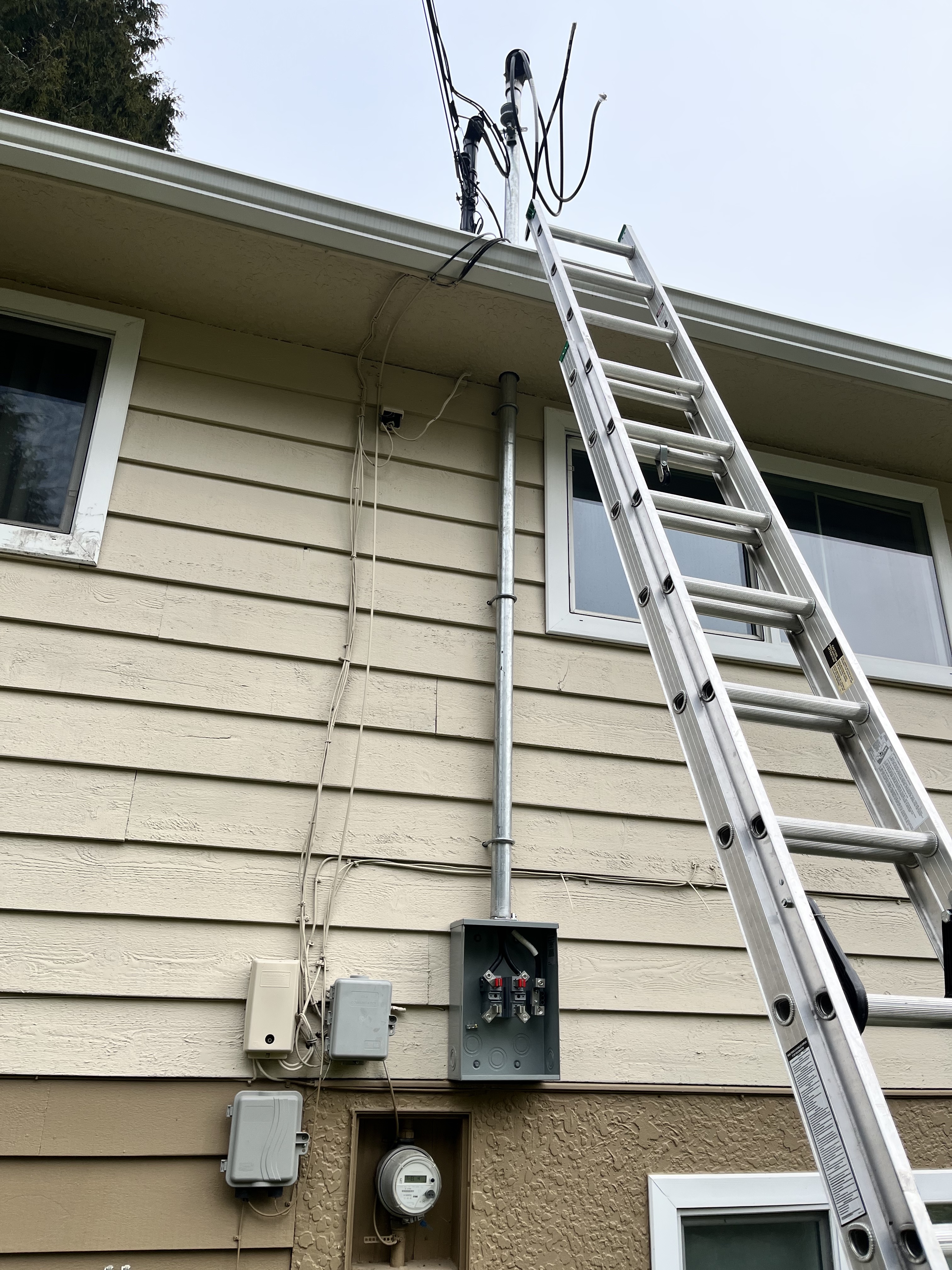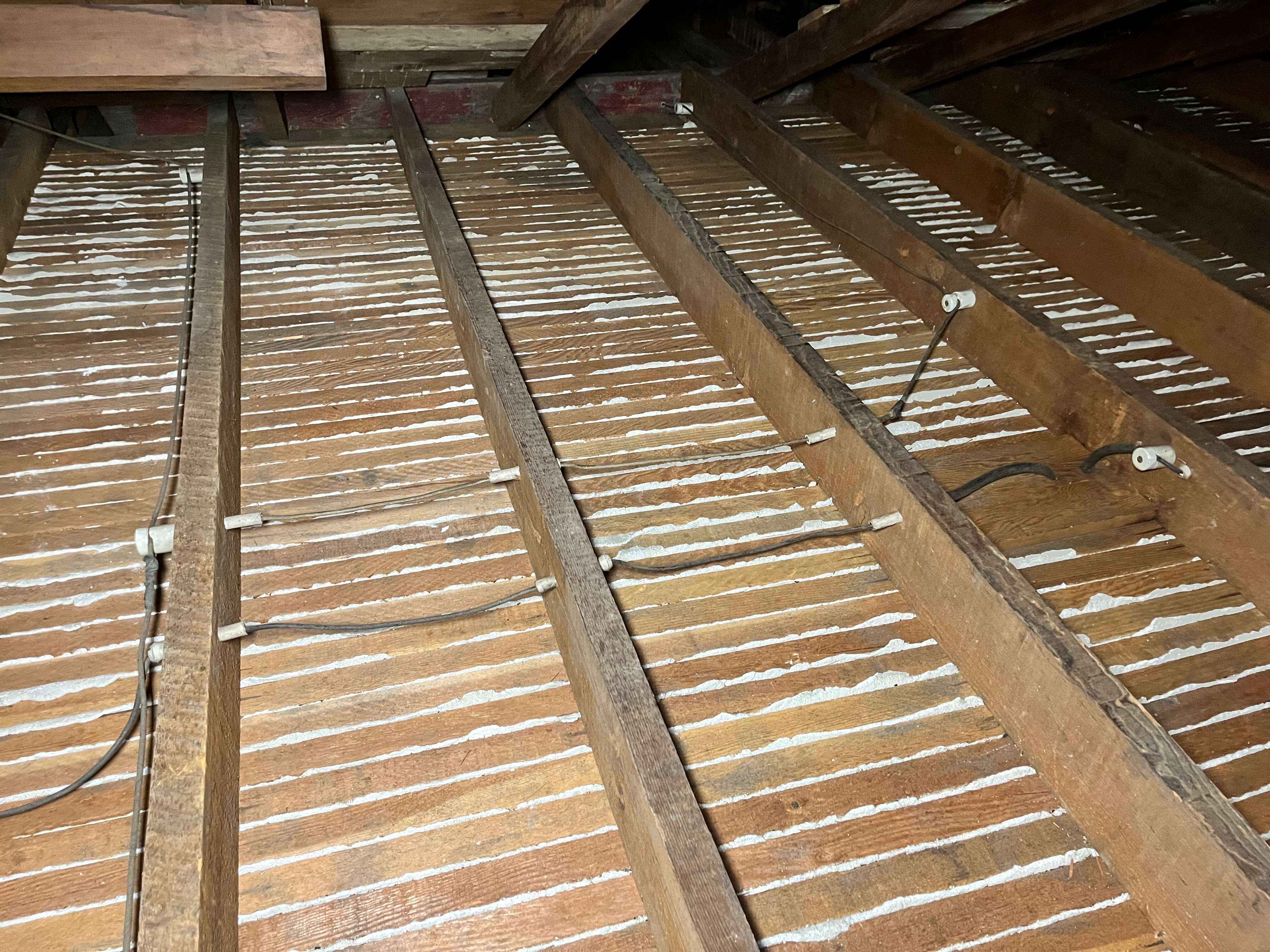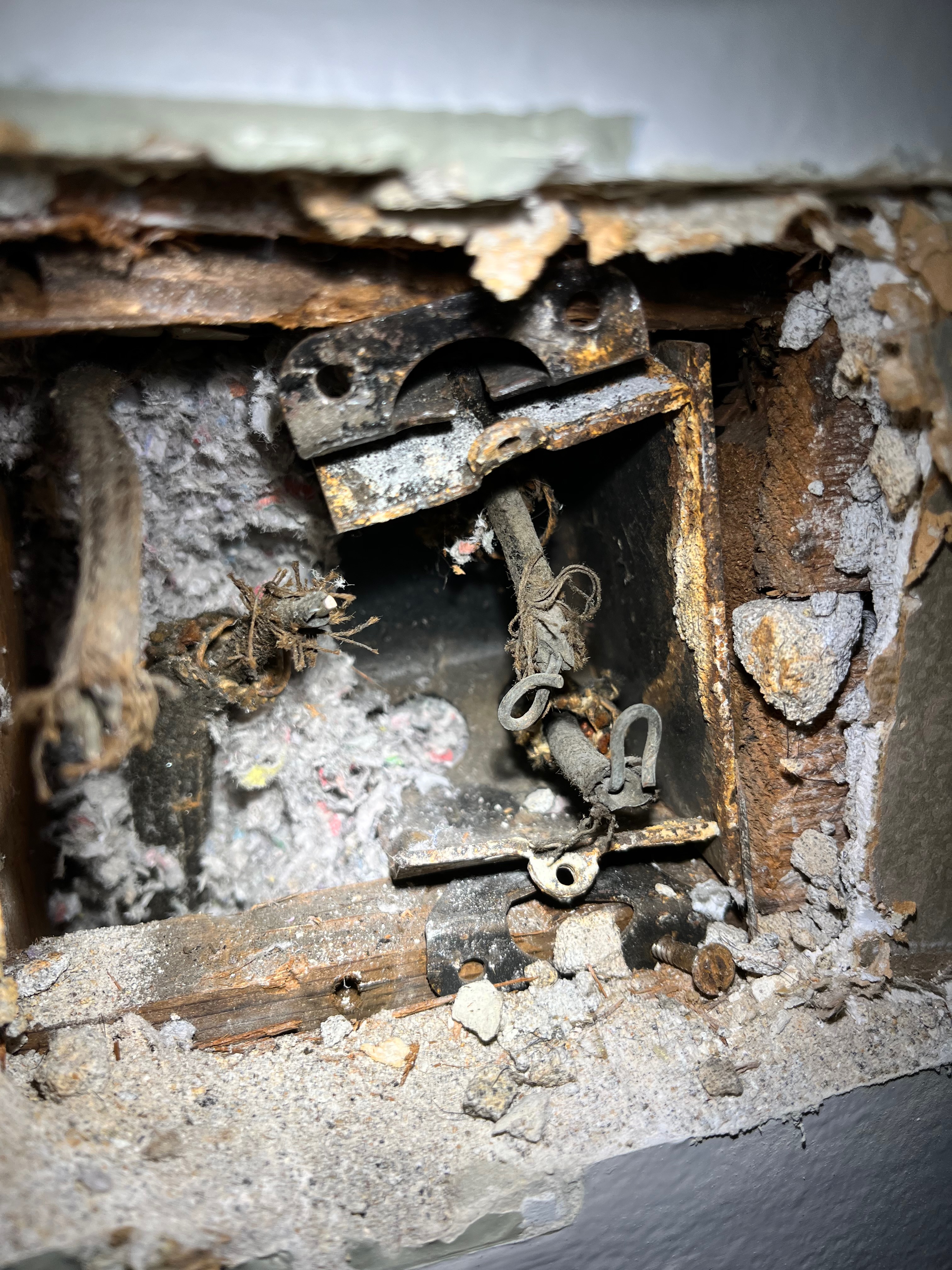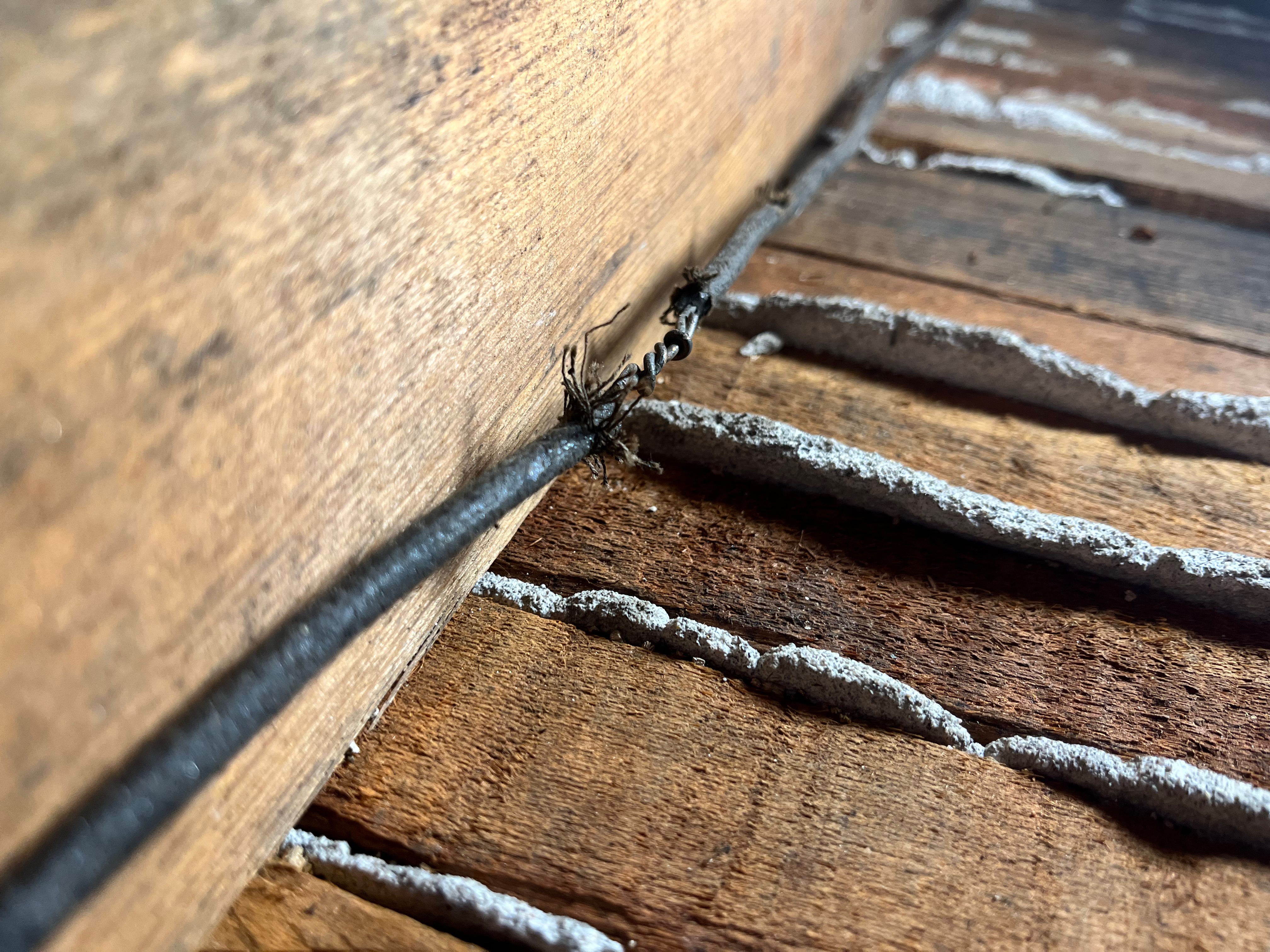Licensed
Bonded
Insured
Worksafe BC
CF Electrical Blog

What is knob and tube wiring?
What is knob-and-tube wiring?
Curious about knob and tube wiring and the potential risks it presents? Look no further! In this blog post, we'll delve into the inner workings of this outdated electrical system and uncover the hazards it poses. From understanding the basics of knob and tube, to exploring the importance of upgrading to a safer alternative, we've got you covered. Stay tuned to discover the costs involved in replacing this in your. Don't let outdated wiring compromise your safety – let's get started!
Knob and tube wiring is an early method of electrical wiring that was prevalent in residential construction from the 1880s to the 1930s. This means that a lot of the original houses in Vancouver are likely to have some of this wiring left, unless it has already been upgraded.
It consists of two separate wires, one for carrying current (hot) and the other for the return path (neutral). These wires are run separately and are affixed to the structure with porcelain insulating knobs and tubes. The knobs support the wires in open air, preventing contact with any potentially flammable materials.

Characteristics of Knob and Tube Wiring
Open Wiring System: Unlike modern wiring systems that encase wires in sheathing, knob and tube wiring is open and exposed. Wires run through the air, held in place by porcelain knobs.
Ceramic Insulators: Porcelain insulators, or tubes, are used at any point where the wiring passes through a wall or structural element. These insulators prevent the wires from coming into direct contact with wood or other combustible materials.
Separation of Hot and Neutral Conductors: Knob and tube wiring keeps the hot and neutral wires separated. This design reduces the risk of a short circuit, as the wires are not bundled together within a protective sheath.
Limited Outlets: Homes with knob and tube wiring typically have fewer outlets than modern homes. This is because the system was installed in an era when electrical devices were not as prevalent as they are today.
Potential Issues with Knob and Tube Wiring

While knob and tube wiring was innovative in its time, it has several inherent issues that make it less suitable for modern living:
Lack of Grounding: Knob and tube wiring systems do not include a ground wire, which is a crucial safety feature in modern electrical systems. Grounding helps protect against electric shocks and reduces the risk of fire.
Insulation Deterioration: Over time, the insulation on knob and tube wiring can become brittle and deteriorate. This poses a significant fire hazard, as exposed wires can come into contact with flammable materials in the home's structure. As you can see from this picture, the wire is very compromised.
Overloading Concerns: Modern homes have a higher demand for electricity due to the proliferation of electrical devices. Knob and tube wiring may not be equipped to handle the load of today's appliances and electronics, leading to potential overloads and increased fire risk.

Aging Components: Many knob and tube wiring systems in older homes are well past their intended lifespan. As these components age, they become more prone to failure, increasing the likelihood of electrical issues.
Why Upgrade from Knob and Tube Wiring?
Enhanced Safety: Upgrading from knob and tube wiring to a modern electrical system significantly improves the safety of your home. The inclusion of grounding wires and modern insulation materials reduces the risk of electrical fires and shocks.
Increased Electrical Capacity: Modern electrical systems are designed to meet the demands of contemporary living. Upgrading allows for additional outlets and increased capacity, accommodating the needs of modern appliances and electronic devices.
Compliance with Building Codes: Many local building codes require homes to have updated electrical systems that meet current safety standards. Upgrading ensures compliance with these regulations, which is essential for the resale value of your home.
Insurance Considerations: Some insurance providers may charge higher premiums or deny coverage for homes with outdated electrical systems like knob and tube wiring. Upgrading can lead to cost savings on insurance and provide greater peace of mind.
Now that we know the hazards and considerations of this system, let's look at how much it costs to upgrade your home. The cost and process may not actually be as bad as you may think, especially if you have a professional company that knows what they are doing - just like CF Electrical!

YOUR GO-TO ELECTRICIAN IN VANCOUVER
HEAR FROM OUR CLIENTS

Google REVIEWS
5

B. Shaw
"Friendly timely and does excellent work! Chris knows what he’s doing and has a great network of resources to share. Upgraded my house to 200amps, sub panels, power to the garage, EV charger and has a sweet rocket ship logo! Repeat customer here. Highly recommend."
5

Cary Chan
"Chris is a super prompt and professional electrician and has a high degree of integrity. He installed our Level 2 EV charging unit and did some other upgrades."
© 2023 - CF Electrical - All Rights Reserved
LEL0209748 in accordance with Technical Safety BC
info@cfelectrical.ca
778-601-7773
